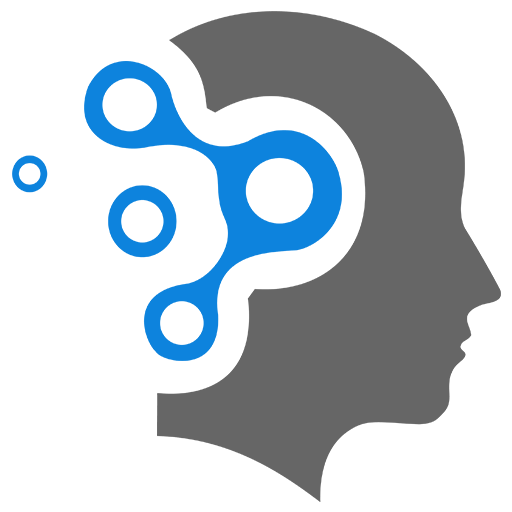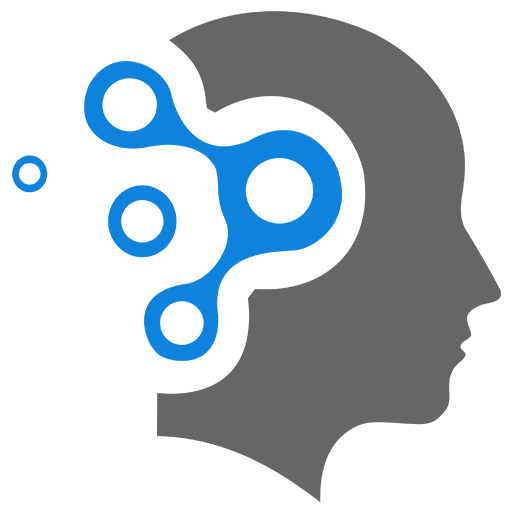1. CNN Model
1. Overview
A Convolutional Neural Network (CNN) is a deep learning model primarily used for image recognition and computer vision tasks. Unlike traditional neural networks, CNNs are designed to take advantage of the spatial structure of image data, allowing them to learn hierarchical patterns such as edges, textures, and complex object features. They have been instrumental in advancing tasks such as object detection, image classification, and segmentation.
2. Components of a CNN
-
Input Layer:
- The input to a CNN is typically a multi-channel image represented as a 3D matrix. For example, a color image of size
pixels with 3 color channels (RGB) will have an input dimension of .
- The input to a CNN is typically a multi-channel image represented as a 3D matrix. For example, a color image of size
-
Convolutional Layers:
- The core building block of a CNN is the convolutional layer. In this layer, filters (also called kernels) are applied to the input to detect specific patterns, such as edges or textures.
- Mathematical Operation: The convolution operation slides a small matrix (filter) over the input image and computes the dot product between the filter and overlapping regions of the image.
where: -
is the input image, -
is the filter (kernel), -
are the spatial coordinates, -
are the indices of the kernel. -
Filters can detect features like edges (horizontal or vertical), corners, or more complex patterns. The result of applying a filter is known as a feature map or activation map.
-
Activation Function (ReLU):
- After convolution, the output typically goes through an activation function. The most commonly used activation function in CNNs is the ReLU (Rectified Linear Unit), which introduces non-linearity.
- Mathematically, ReLU is defined as:
- ReLU increases the model’s capacity to capture complex patterns and speeds up convergence by reducing the vanishing gradient problem.
-
Pooling (Subsampling) Layers:
- Pooling is a down-sampling operation applied to reduce the spatial dimensions of the feature maps, reducing computational load and the risk of overfitting.
- The most common type is max pooling, which selects the maximum value from each local neighborhood of the feature map.
where: is the local region (typically a block), is the result of the max-pooling operation.
Pooling layers reduce the size of the feature maps while preserving essential information, thus making the model less sensitive to small translations in the input image.
-
Fully Connected Layers (Dense Layers):
- After several convolutional and pooling layers, the high-level, abstract features learned from the image are flattened into a 1D vector and passed through one or more fully connected layers.
- These layers are similar to those found in traditional neural networks, where every neuron is connected to every neuron in the next layer.
where: is the weight matrix, is the input, is the bias.
-
Output Layer:
- The output layer provides the final classification or regression output, depending on the task. For example, in image classification, the output is a probability distribution over the possible categories.
- A softmax function is often used in the output layer for classification problems:
where is the number of classes.
3. Mathematical Operations Behind CNNs
-
Convolution: The convolution operation is fundamental to CNNs. For a 2D convolution between an image
and a kernel , the operation produces a new matrix (feature map) as the filter slides across the image: The kernel captures local features, such as edges or textures, from the image. -
Padding: To preserve the spatial size of the input after convolution, padding is often used. Zero-padding adds a border of zeros around the image, ensuring that the output size remains the same as the input size. For an input image of size
, kernel size , and padding , the output size after convolution is: -
Stride: Stride determines how much the filter moves when sliding over the image. A stride of 1 means the filter moves one pixel at a time, while a stride of 2 moves two pixels at a time, reducing the output size.
-
Pooling (Max Pooling): Pooling layers reduce the spatial dimensions by down-sampling the feature map. Max pooling selects the maximum value within a pooling window. For example, with a
window, max pooling reduces a block to a single value.
4. CNN Architectures
-
LeNet-5:
- One of the earliest CNN architectures, designed for handwritten digit classification (MNIST dataset). It consists of two convolutional layers, two subsampling layers (pooling), and three fully connected layers.
-
AlexNet:
- A deeper architecture introduced in 2012 that achieved great success in the ImageNet challenge. It uses five convolutional layers and three fully connected layers and popularized ReLU activation and dropout.
-
VGGNet:
- Known for its simplicity, VGG uses small
filters with deep architectures (up to 19 layers). VGGNet demonstrated the benefit of depth in CNNs.
- Known for its simplicity, VGG uses small
-
ResNet (Residual Networks):
- Introduced in 2015, ResNet solved the problem of vanishing gradients in deep networks by introducing skip connections (residual connections). This allowed networks with hundreds of layers to be trained successfully.
-
Inception (GoogLeNet):
- The Inception model introduced the concept of Inception modules, where multiple filter sizes are applied simultaneously to the same input, and the outputs are concatenated. This allowed for more efficient use of parameters and greater depth.
5. Regularization Techniques in CNNs
-
Dropout:
- During training, random neurons are dropped (set to zero) to prevent the model from overfitting. Dropout helps improve generalization.
-
Batch Normalization:
- Batch normalization normalizes the input to each layer so that the network learns faster and is more stable by reducing internal covariate shift.
-
Data Augmentation:
- Techniques such as random cropping, rotation, and flipping are applied to the training data to artificially increase the size of the dataset and make the model more robust.
6. Applications of CNNs
-
Image Classification: CNNs have become the backbone of image classification tasks, such as classifying images into predefined categories (e.g., cats vs. dogs).
-
Object Detection: CNNs can be extended for object detection tasks where models like Faster R-CNN detect and classify multiple objects within an image.
-
Image Segmentation: CNNs are used in segmentation tasks, where every pixel of an image is classified. Models like U-Net are used in medical imaging for segmentation of organs or tumors.
-
Face Recognition: CNN-based models are widely used for facial recognition systems, such as FaceNet.

